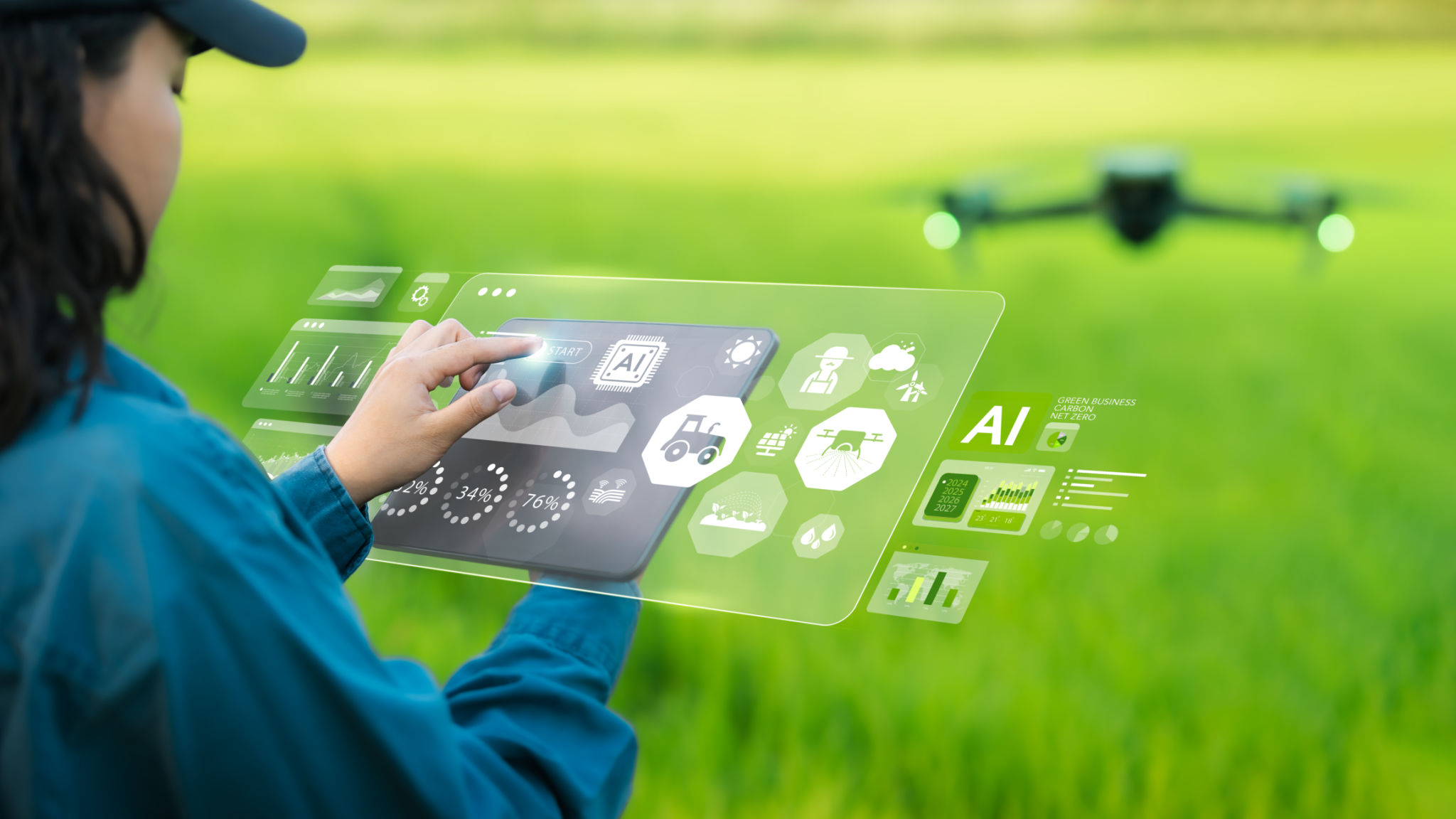Comparing Traditional vs. Drone Telecom Tower Inspections
Introduction to Telecom Tower Inspections
Telecom towers are critical infrastructures in our modern, connected world. Ensuring their reliability and safety is paramount, which necessitates regular inspections. Traditionally, these inspections have been conducted by skilled technicians climbing the towers to assess their condition. However, with advancements in technology, drones have emerged as a powerful alternative tool for this task.

Traditional Inspection Methods
In traditional tower inspections, a technician physically climbs the tower to inspect the structure and equipment. This method requires significant time and effort, as well as specialized safety equipment. Inspectors must be highly trained to ensure both their safety and the thoroughness of the inspection.
The main advantages of traditional inspections include:
- Hands-on assessment: Technicians can physically touch and manipulate components, providing a tactile level of inspection that drones cannot.
- Detailed examination: Inspectors can conduct in-depth assessments of specific areas that may require repair or maintenance.
The Rise of Drone Inspections
Drones offer a revolutionary approach to telecom tower inspections. Equipped with high-resolution cameras and sensors, drones can quickly capture images and data from various angles, providing a comprehensive view of the tower without the need for human ascent.

The benefits of using drones for inspections include:
- Safety: Drones eliminate the need for technicians to climb towers, significantly reducing the risk of accidents and injuries.
- Efficiency: Inspections can be completed faster as drones can cover more ground in less time compared to human inspectors.
- Cost-effectiveness: Reducing the need for specialized climbing equipment and extensive manpower can lead to lower operational costs over time.
Comparing Costs and Efficiency
While the initial investment in drone technology can be high, the long-term savings in labor and equipment costs often justify the expense. Traditional inspections require more personnel, safety gear, and time, which can add up significantly over multiple inspections. Conversely, drones can perform the same task in a fraction of the time without compromising safety.

Data Collection and Analysis
Drones excel in data collection by capturing high-quality images and videos that can be analyzed using advanced software. This capability allows for more accurate assessments and predictive maintenance planning. In contrast, traditional methods may rely on manual note-taking and memory, which are prone to human error.
Environmental Considerations
Drone inspections are also more environmentally friendly. They require fewer resources and create less disturbance to the surrounding environment. Traditional methods often involve heavy machinery and vehicles that can impact the site's ecology.

When to Choose Traditional vs. Drone Inspections
The choice between traditional and drone inspections often depends on specific needs and circumstances. For instance, if a detailed tactile examination is necessary, traditional methods might be preferred. On the other hand, for routine checks or assessments in hazardous conditions, drones are an excellent choice.
Conclusion
The evolution from traditional to drone-based telecom tower inspections represents a significant shift in industry practices. While both methods have their advantages, incorporating drone technology can enhance safety, efficiency, and data accuracy. As technology continues to advance, the role of drones in telecommunication infrastructure maintenance will likely expand further.
